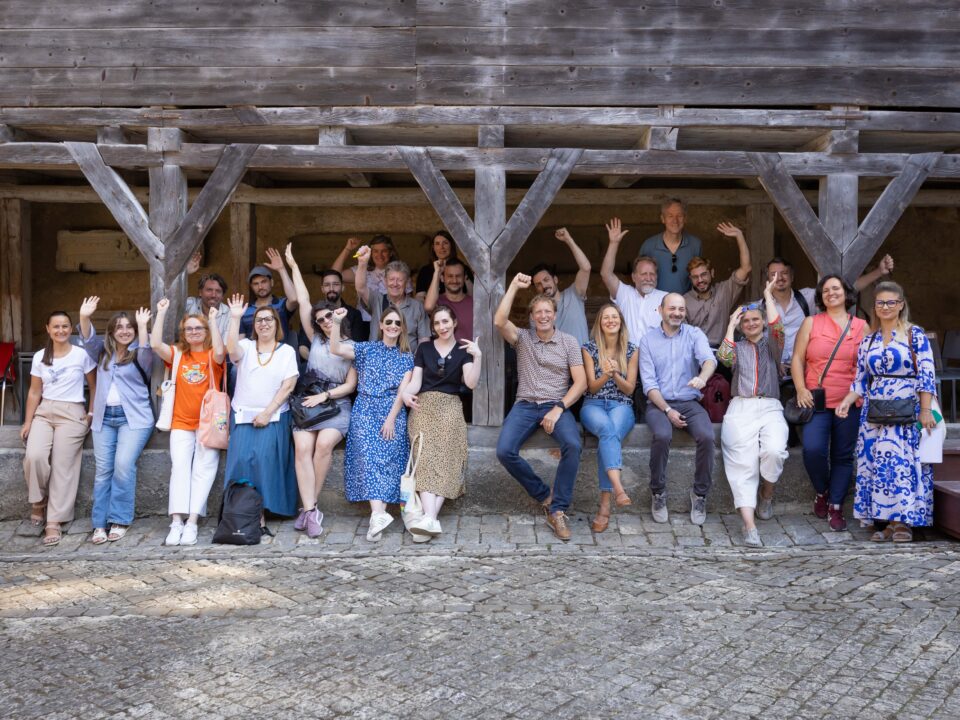

The logo of the initiative
The municipality of Naples (Italy) has put in place regulations that allow the recognition of squatted public places if they serve community needs. These regulations have enabled the development of Scugnizzo Liberato (meaning ‘freed street-boy’), an experimental place for urban regeneration, based on urban commons, taking shape in a former convent.
The Convento delle Cappuccinelle was originally founded in 1585. In the early 1800s, the convent became a detention centre for youth, until, in 1980, an earthquake destroyed parts of the building. A famous Neapolitan actor financed its renovation and turned it into a cultural centre for local youth. The project failed, and in 2014, after being acquired by a university but remained without use, the municipality of Naples got ownership over the building. In 2015, the building was occupied by Sacco Matto, a citizen association striving to provide empty spaces with a social purpose. They aimed to fulfil the project of turning the convent into a cultural centre, specifically focused on providing meaningful engagement for local youth.
The Municipality of Naples recognized the social value of the activities emerging in the complex, and, through an existing public resolution, gave the occupants to opportunity to utilise the complex. Currently, hosted activities include language courses, after-school, sports, dance, theatre, spaces for coworking, and art and craft labs. Part of the funding for running the complex is provided by the municipality, part is generated through organisational activities, like cultural and artistic activities organized for adults, and crowdfunding campaigns.
Want to learn more about this project? Read this publication




